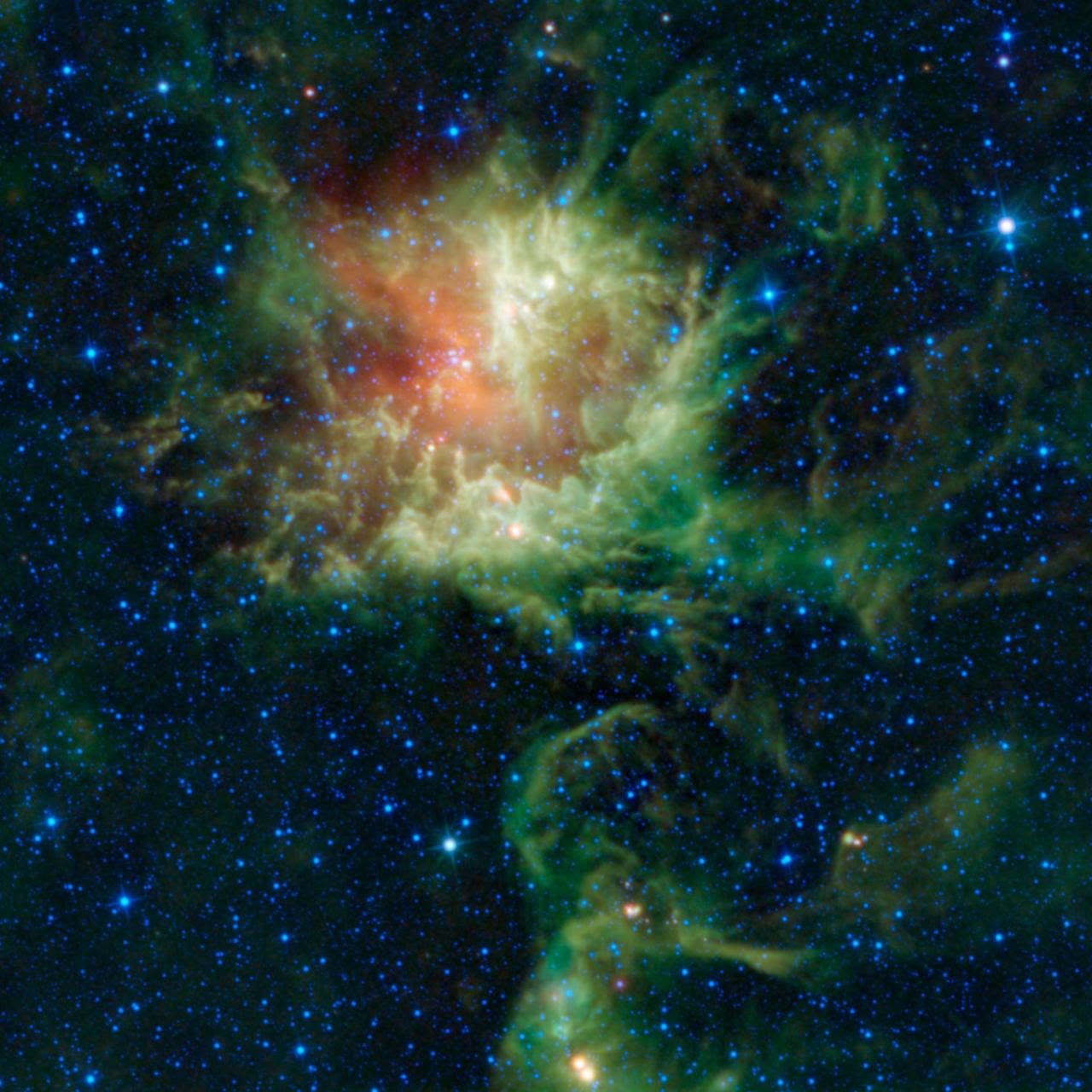Stephen Hawking Archive is saved for the nation
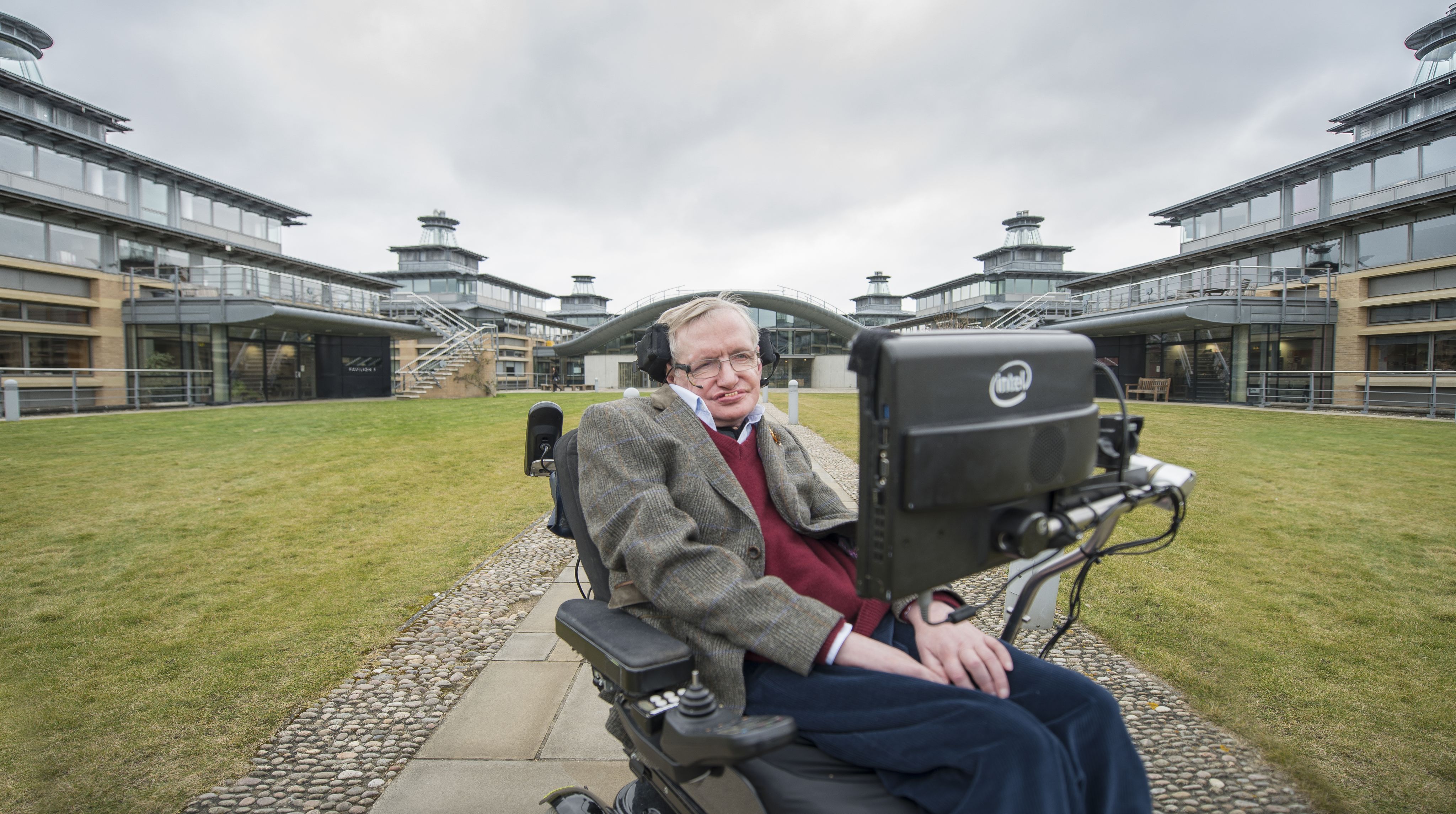
"Each generation stands on the shoulders of those who have gone before them."
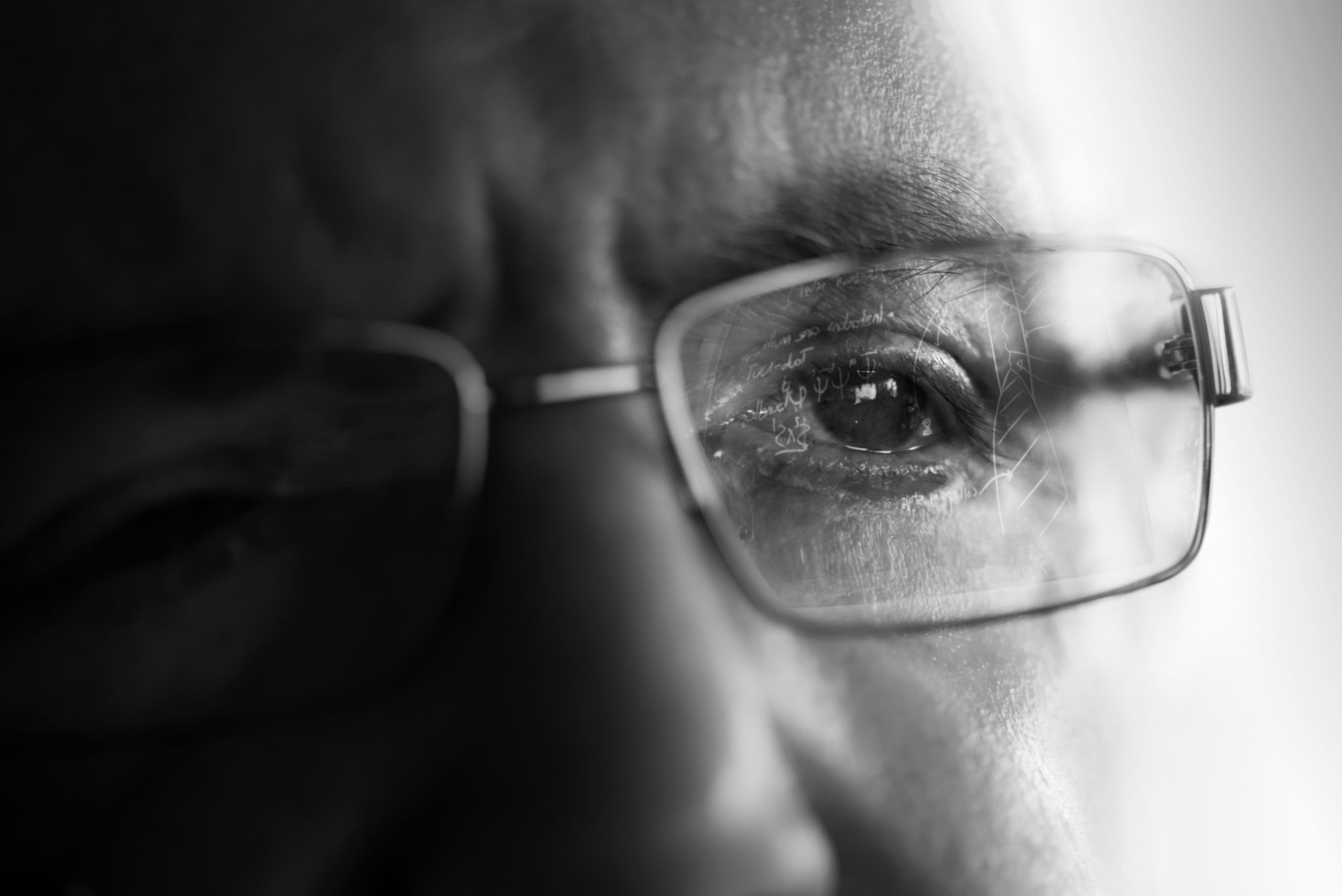
A treasure trove of archive papers and personal objects – from Hawking's seminal works on theoretical physics to scripts from episodes of The Simpsons – are to be divided between two of the UK’s leading cultural institutions following a landmark Acceptance in Lieu (AIL) agreement on behalf of the nation.
The AIL agreement between HMRC, the Department for Culture, Media and Sport, Cambridge University Library, Science Museum Group, and the Hawking Estate, will see around 10,000 pages of Hawking’s scientific and other papers remain in Cambridge, while objects including his wheelchairs, speech synthesisers, and personal memorabilia from his former Cambridge office will be housed at the Science Museum.
The arrival of the archive at the University Library means that three of the most important scientific archives of all time – those of Isaac Newton, Charles Darwin and Stephen Hawking – are now housed under one roof at the iconic Giles Gilbert Scott building.
In 2018, Professor Hawking's ashes were buried between the graves of Newton and Darwin at Westminster Abbey.
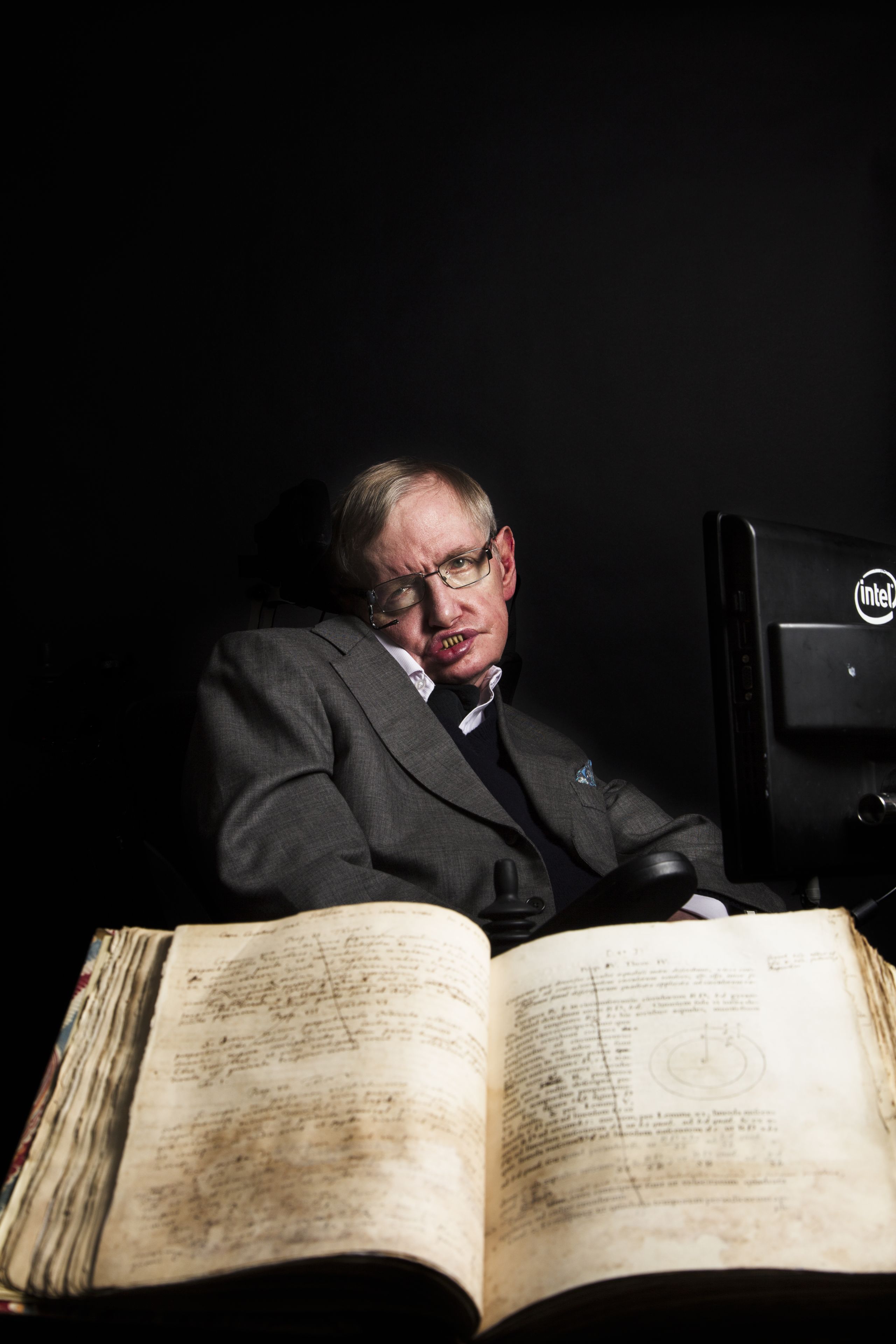
Under the terms of the historic agreement, Professor Hawking’s extensive Cambridge archive will be cared for and made available to current and future generations of scientists hoping to continue his ground-breaking work in theoretical physics, and will provide future biographers and science historians with an extraordinary gateway and insight into Hawking’s life and work.
Cambridge University Library is already home to manuscripts, books and theses from some of the most famous scientists, mathematicians and astronomers in history including James Clerk Maxwell, JJ Thomson, Ernest Rutherford, Dame Jocelyn Bell Burnell and Dorothy Hodgkin (nee Crowfoot). The UL also safeguards the archives of John Flamsteed, the first Astronomer Royal, and his 19th century successor George Airy.
The University of Cambridge is launching a major fundraising drive to complete the painstaking work of conserving and cataloguing the archive, and to ensure that members of the public are given an opportunity to engage with the archive through a programme of exhibitions, events and digitisation in the Cambridge Digital Library.
Sign up to the newsletter to find out more.
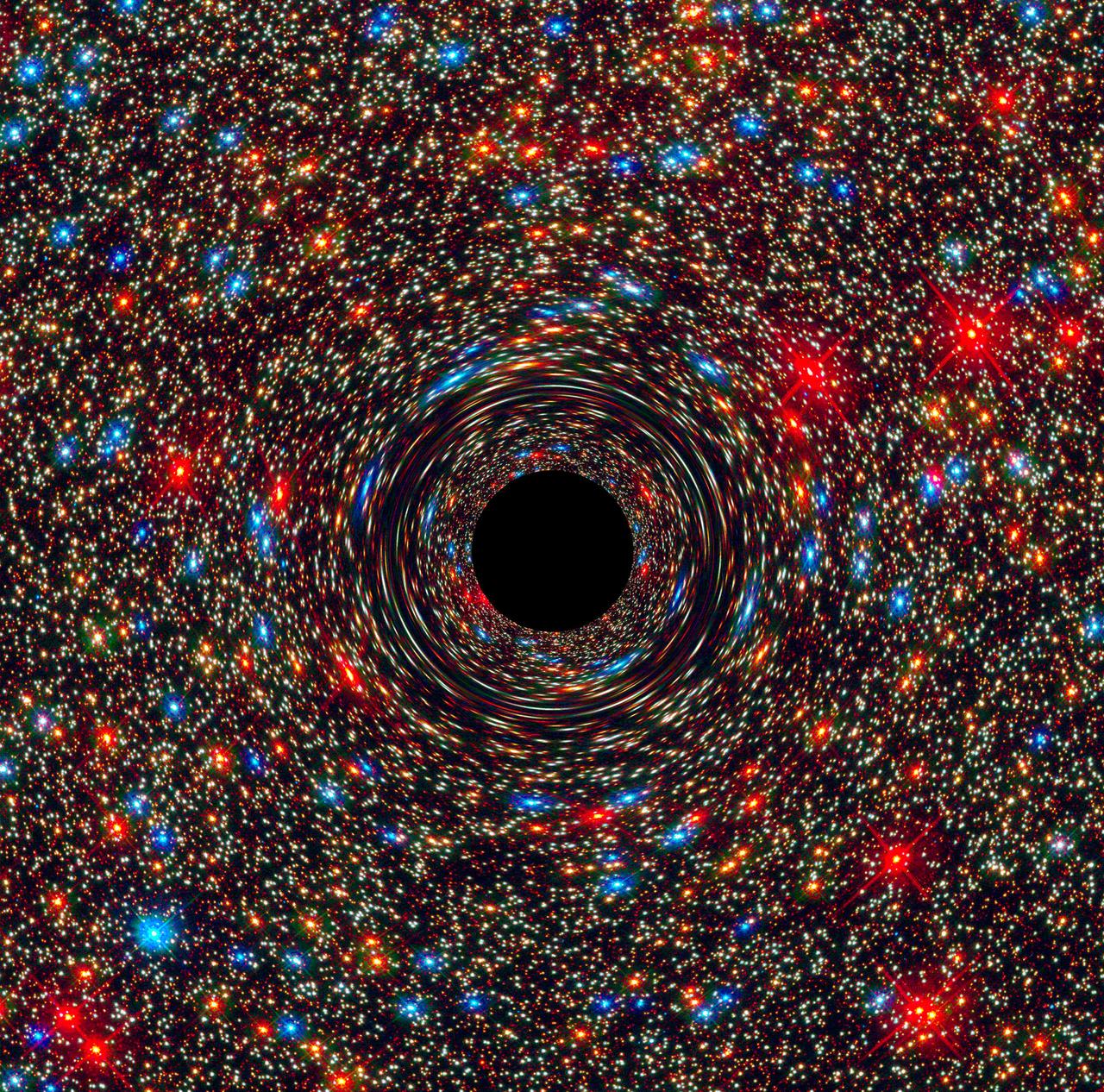
“The archive allows us to step inside Stephen’s mind and to travel with him around the cosmos to, as he said, ‘better understand our place in the universe’.
“It gives extraordinary insight into the evolution of Stephen’s scientific life, from childhood to research student, from disability activist to ground-breaking, world-renowned scientist.
“I am so grateful that the Hawking family and the AIL scheme have entrusted us with this precious archive.”
Dr Jessica Gardner, Cambridge University Librarian
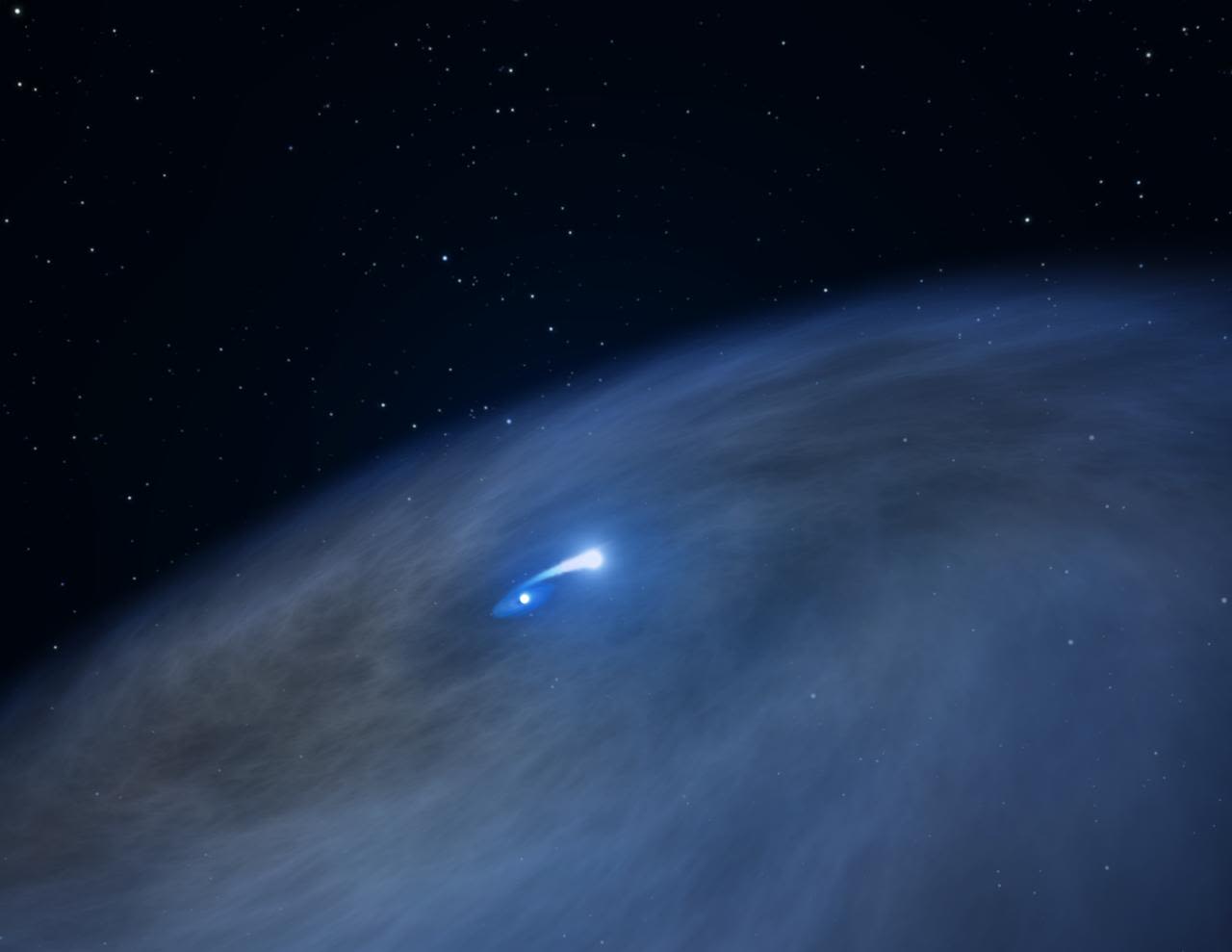
The work to make Professor Hawking’s Cambridge archives available to all follows the now famous 2017 digitisation of his PhD thesis which crashed the University Library’s servers following unprecedented global demand to view and download his 1965 Cambridge doctoral research.
Among the thousands of pages of archive material at the University Library are manuscripts, typescripts and proofs for scientific papers and research, including those written in collaboration or in correspondence with some of the greatest minds of 20th and 21st century theoretical physics, such as Nobel Prize winners Kip Thorne and Sir Roger Penrose.
“This is a proud day for Cambridge. Stephen Hawking was an iconic figure not just in this University and city, but around the world, an inspiration to all who met him, and admired by many, including me.
“His legacy lives on through this archive, which will inspire countless generations of young people with the same ambition as Stephen – to challenge our knowledge of, and help us understand our place in, the universe.
“As a hero of 20th and 21st century science, it seems entirely fitting that Stephen Hawking’s archive joins those of Isaac Newton and Charles Darwin at the University Library, those giants upon whose shoulders we all stand.”
Professor Stephen J Toope, Vice-Chancellor, University of Cambridge
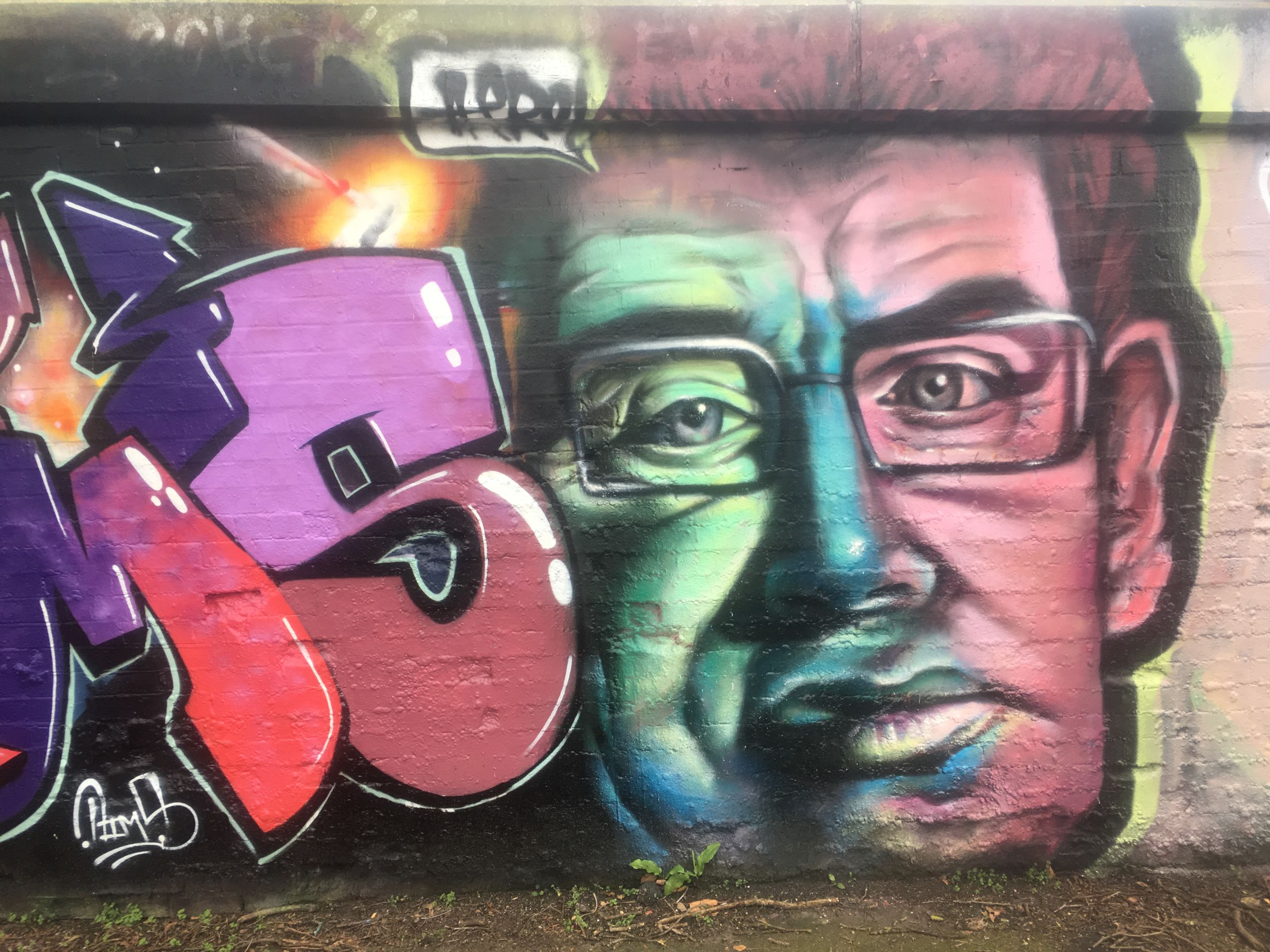
Professor Hawking's archive also contains letters dating from 1944-2008, his assistants’ notebooks, a list of set phrases for his speech synthesiser, as well as film and TV scripts, such as Oscar-winning film The Theory of Everything and the iconic sci-fi series The X-Files.
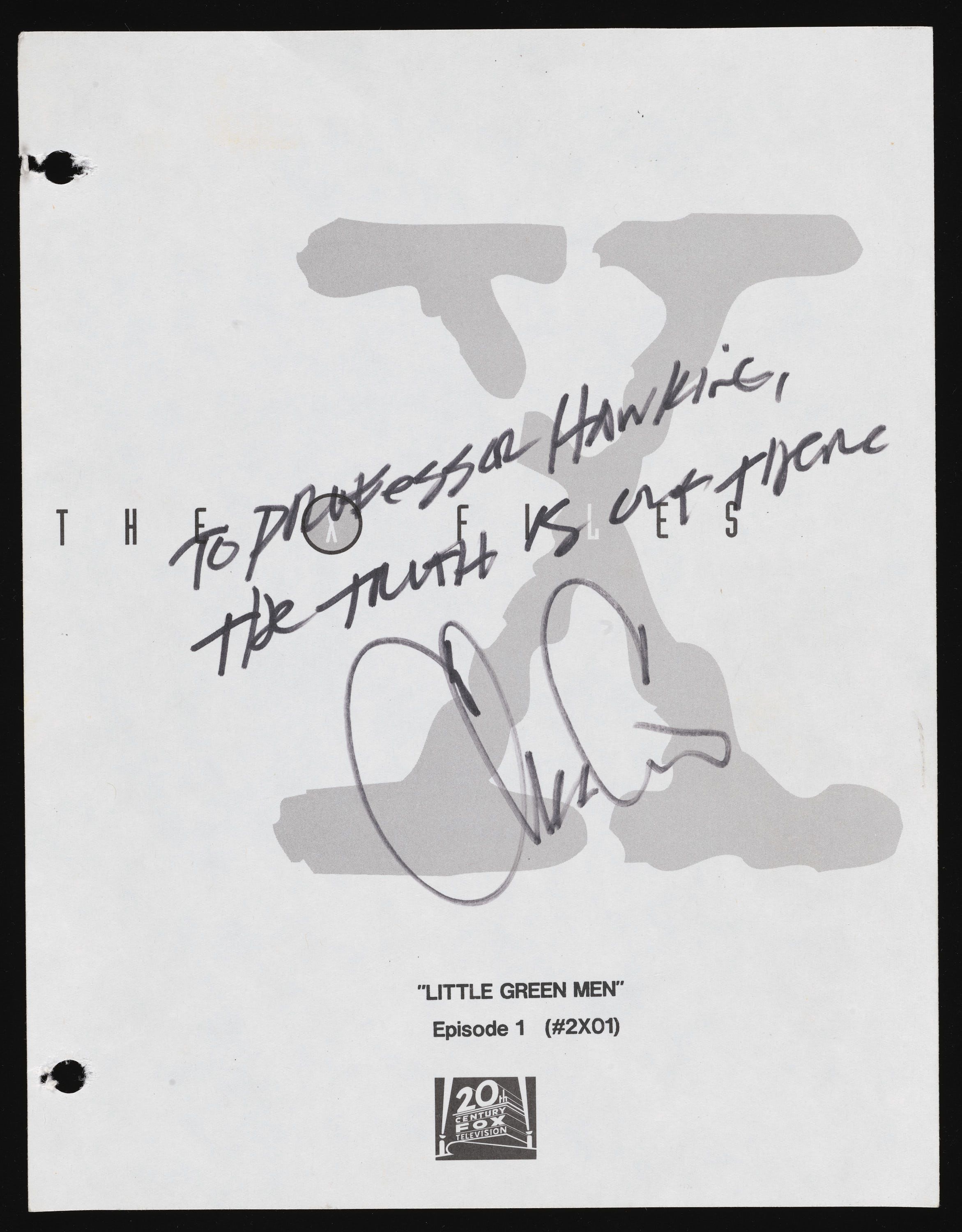
Script for the first-ever episode of the X Files, signed by show creator Chris Carter
Script for the first-ever episode of the X Files, signed by show creator Chris Carter
Perhaps most fascinating to researchers and scientific historians are artworks and autograph scientific manuscripts from the earliest and arguably most brilliant phase of his career, between 1963 and 1972, after which his physical condition made extended handwriting increasingly difficult.
As part of the AIL agreement, a large collection of photographs with notable figures including Pope Francis and letters to and from former US President Bill Clinton and former presidential candidate Hilary Clinton will also now be housed at Cambridge University Library.

Letter to Stephen Hawkins (sic), by former First Lady Hillary Clinton
Letter to Stephen Hawkins (sic), by former First Lady Hillary Clinton
Some of the most significant manuscript (handwritten) draft papers include Hawking’s Adams Prize-winning essay ‘Singularities and Geometry of Spacetime’ (1966), ‘Gravitational radiation in an expanding universe’ (1968) and ‘The Event Horizon’ – remarkable for both its late date (1972) and sheer length – providing an opportunity to witness one of the most celebrated scientific minds of his age in the white heat of creative thought.
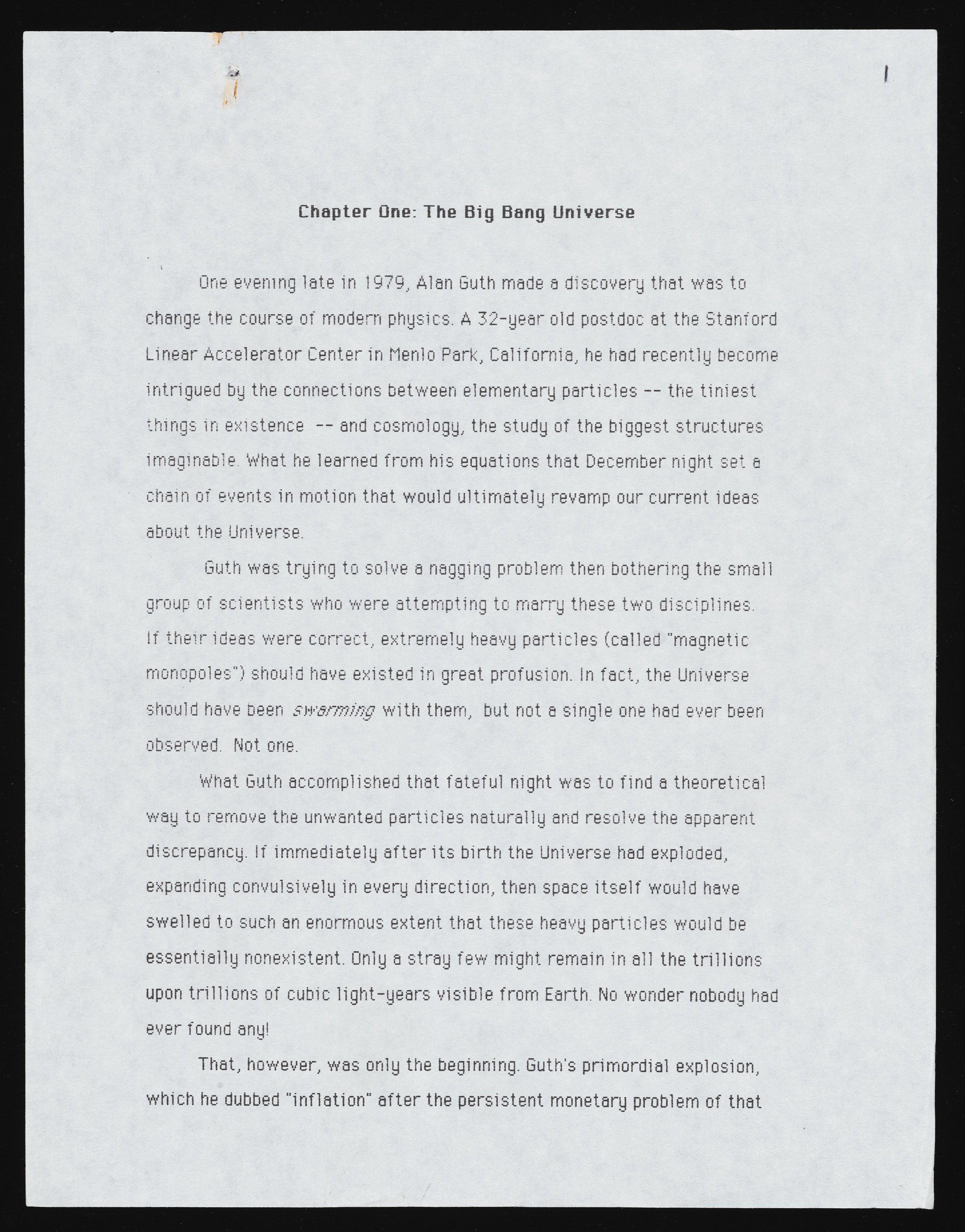
An early draft copy of the multi-million selling popular science book, A Brief History of Time
An early draft copy of the multi-million selling popular science book, A Brief History of Time
The archive also includes a computer print-out of his most famous work A Brief History of Time (then titled From the Big Bang to Black Holes. A Short History of Time) which would go on to sell 25 million copies, as well as other pre-publication proofs.
Some deeply personal items are evident, too - such as a 1948 letter from a young Stephen to his father, which reads: ‘Dear Father, here is a story. Once upon a time some pirates were loading treasure on to a ship. Stephen’.
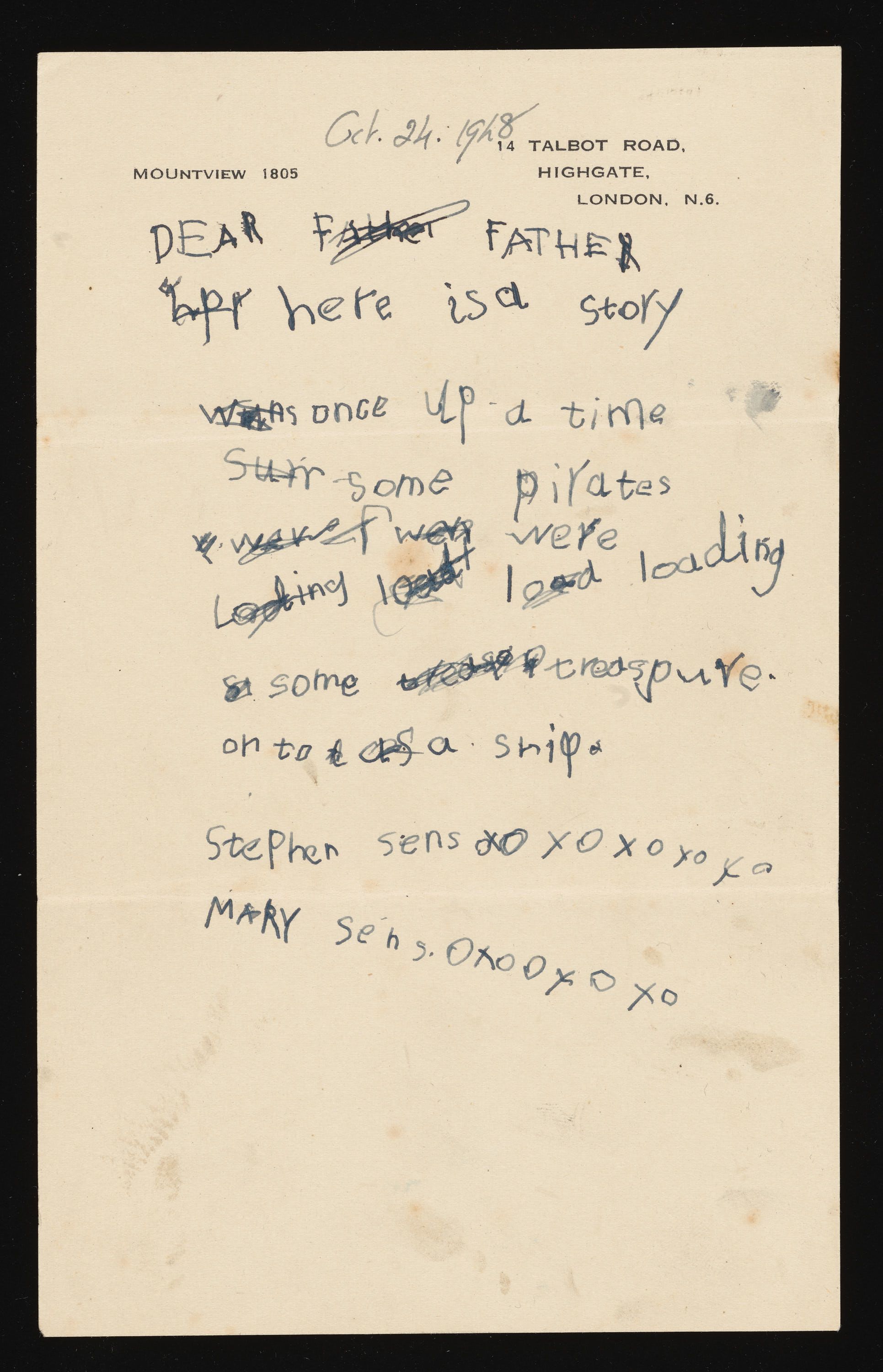
A letter written by the young Stephen Hawking to his father
A letter written by the young Stephen Hawking to his father
Other correspondence focuses on his illness, use of wheelchairs and other hardware, as well as issues to do with disabled access and rights.
Professor Hawking’s strong and sometimes fiery personality is also well conveyed by a group of draft letters from 1966, after Hawking had mistakenly understood his work to have been plagiarised by the American physicist Robert Geroch (then a student).
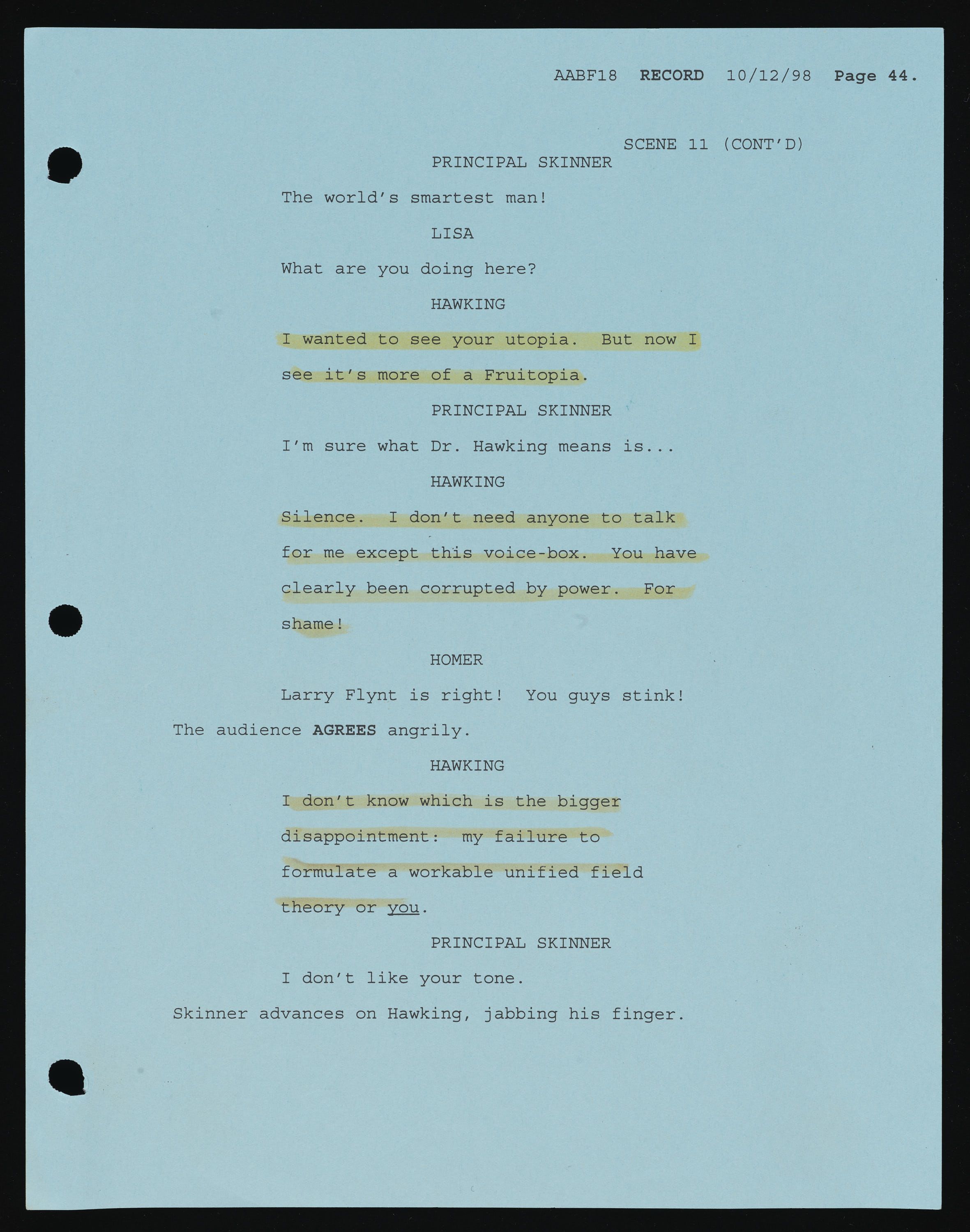
An extract from one of The Simpsons scripts, with Professor Hawking's lines highlighted. Credit: 20th Century Fox
An extract from one of The Simpsons scripts, with Professor Hawking's lines highlighted. Credit: 20th Century Fox
Alongside Albert Einstein, Professor Hawking was unquestionably the most recognisable scientist of the 20th century – beloved by millions around the world for his contributions to science, his books, and a legacy that transcended both scientific and popular culture, leading to an almost rock-star status in his later years.
He achieved all this despite a decades-long battle with ALS (Amyotrophic lateral sclerosis), diagnosed while a PhD student at Cambridge University. For 30 years, Hawking was also Lucasian Professor of Mathematics at Cambridge, a position first held by his idol Sir Isaac Newton.
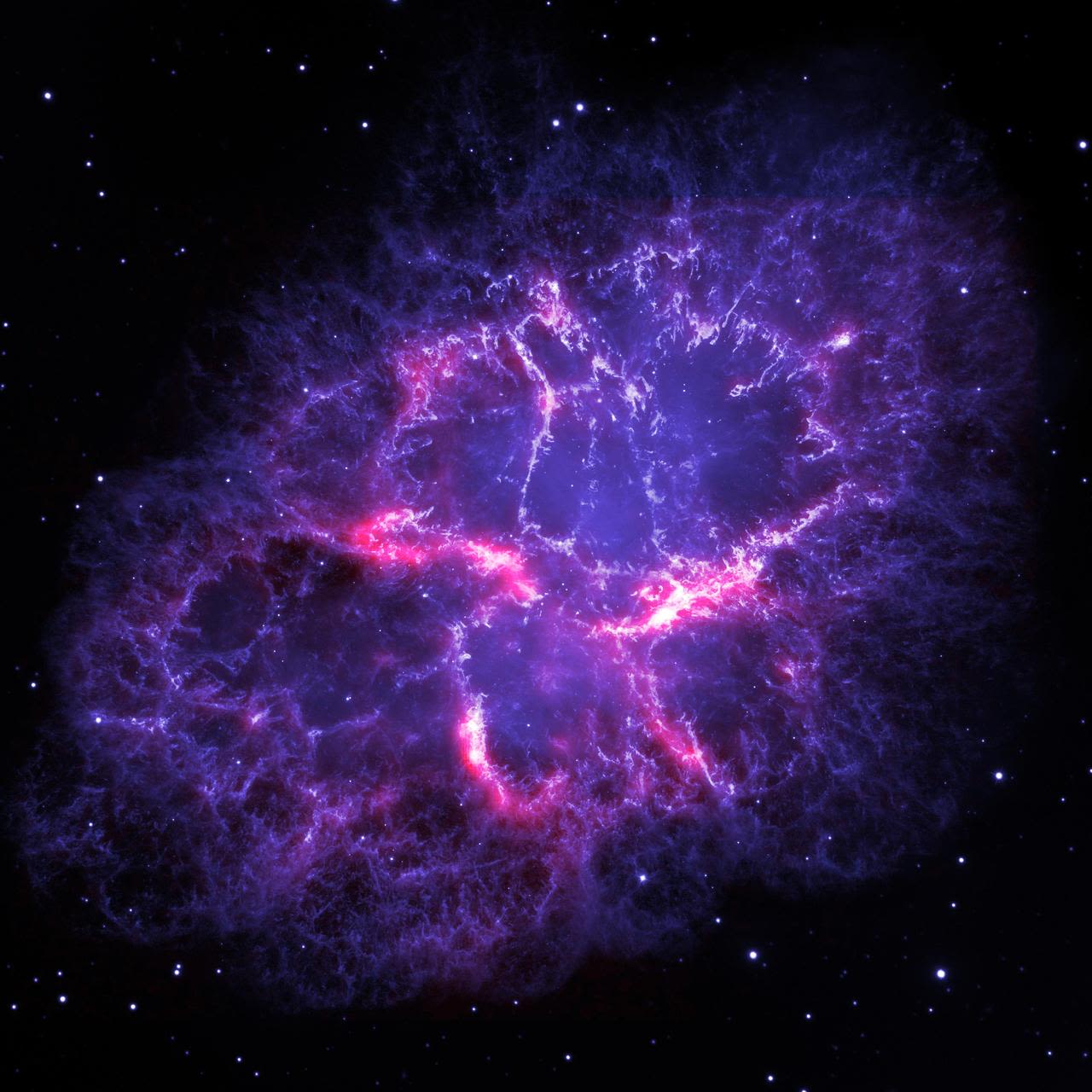
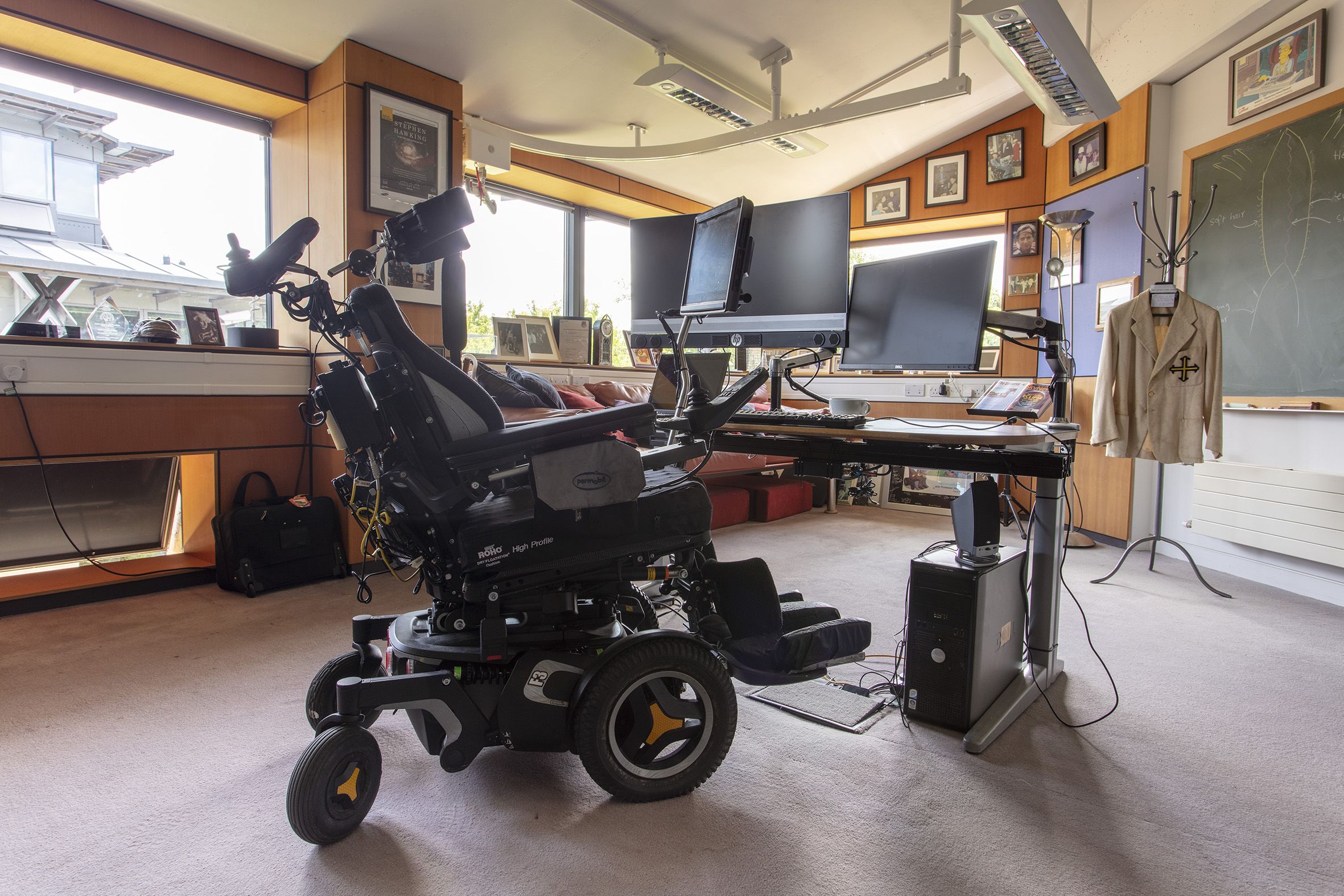
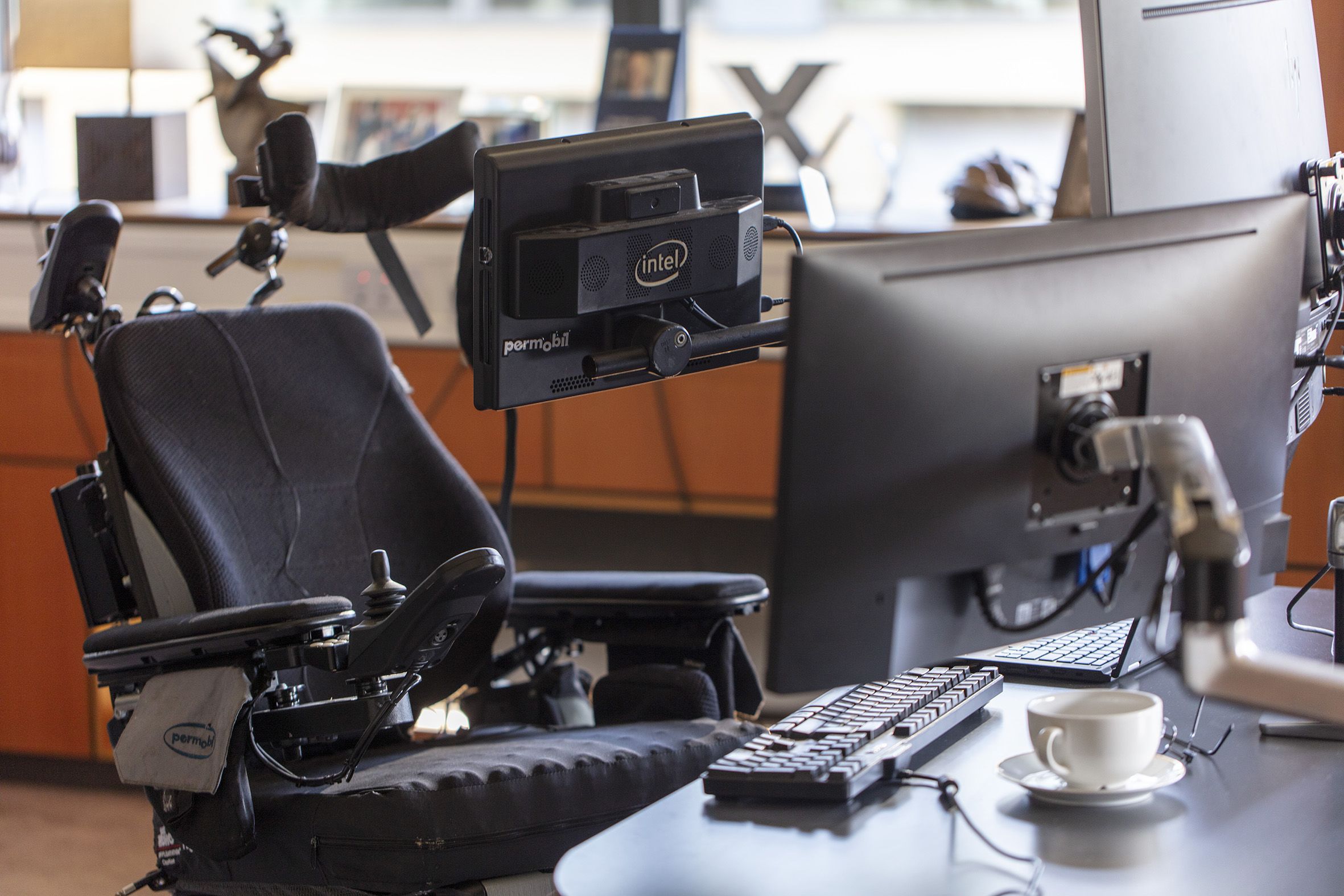
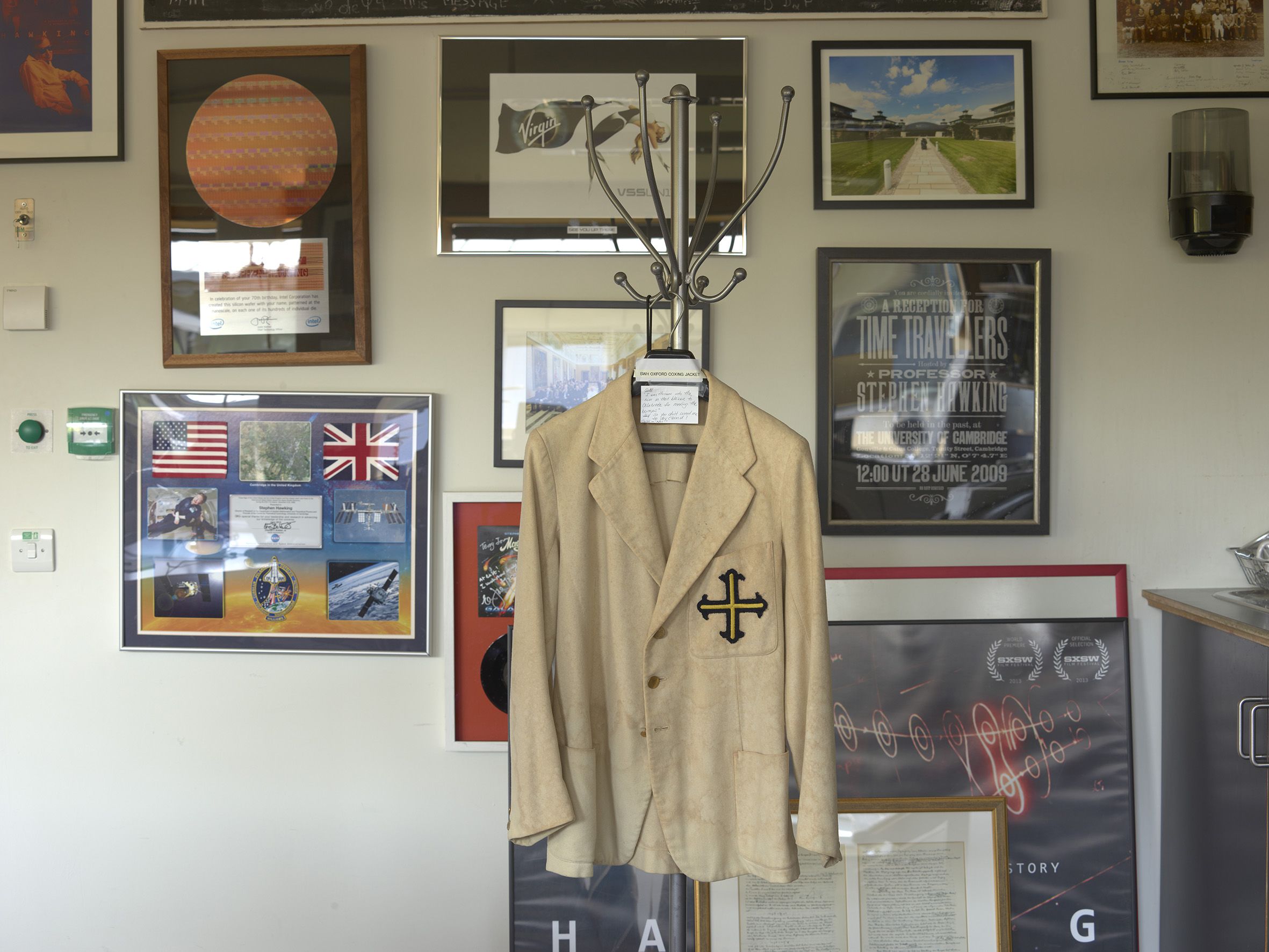
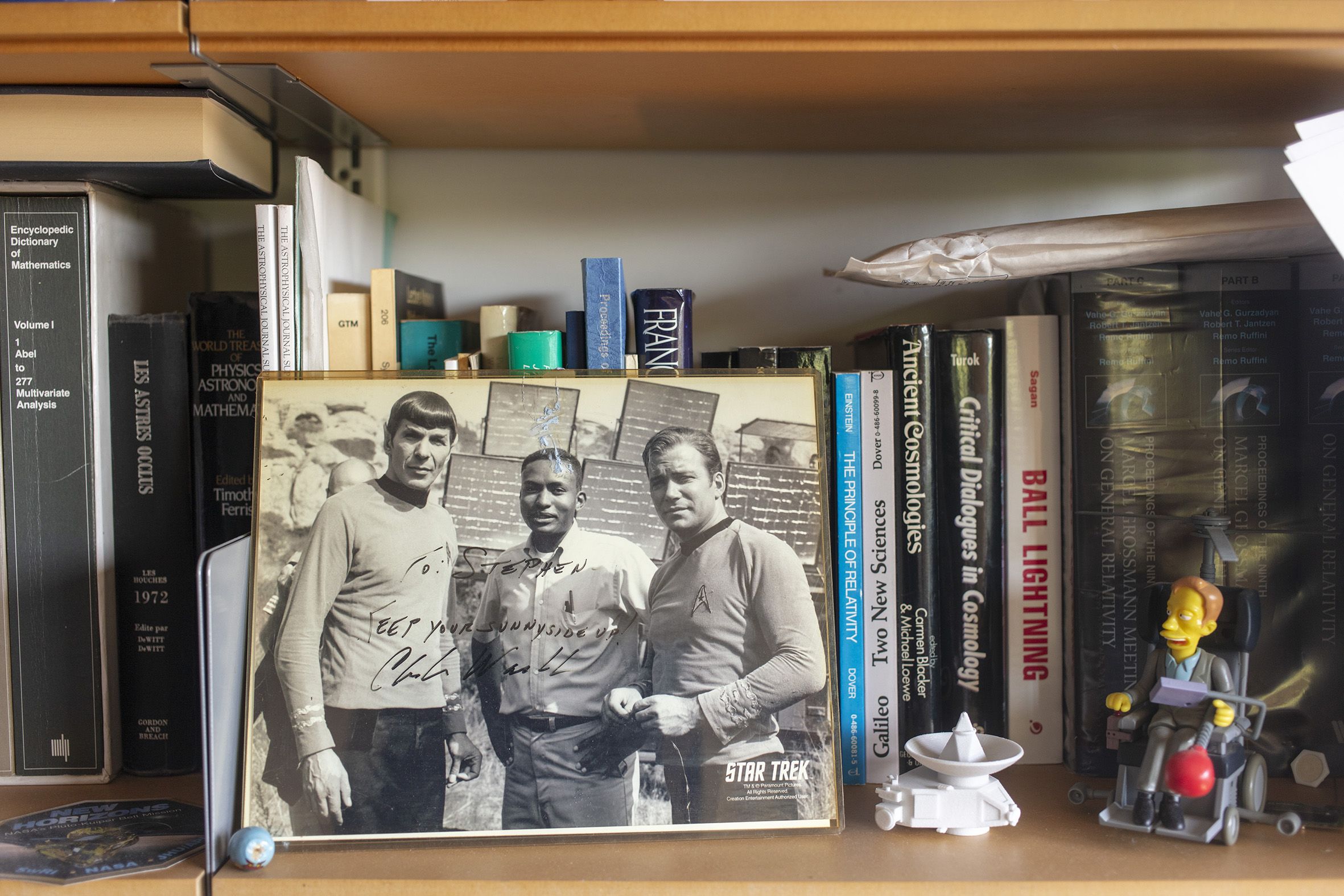
Professor Hawking’s iconic former office in the Department of Applied Mathematics and Theoretical Physics at Cambridge University will be faithfully reconstructed at the Science Museum, using the original objects and personal mementos transferred from Cambridge to South Kensington under the terms of the AIL agreement.
“By preserving Hawking’s office and its historic contents as part of the Science Museum Group Collection, future generations will be able to delve deep into the world of a world-leading theoretical physicist who defied the laws of medicine to rewrite the laws of physics and touch the heart of millions."
Sir Ian Blatchford, Director of the Science Museum Group
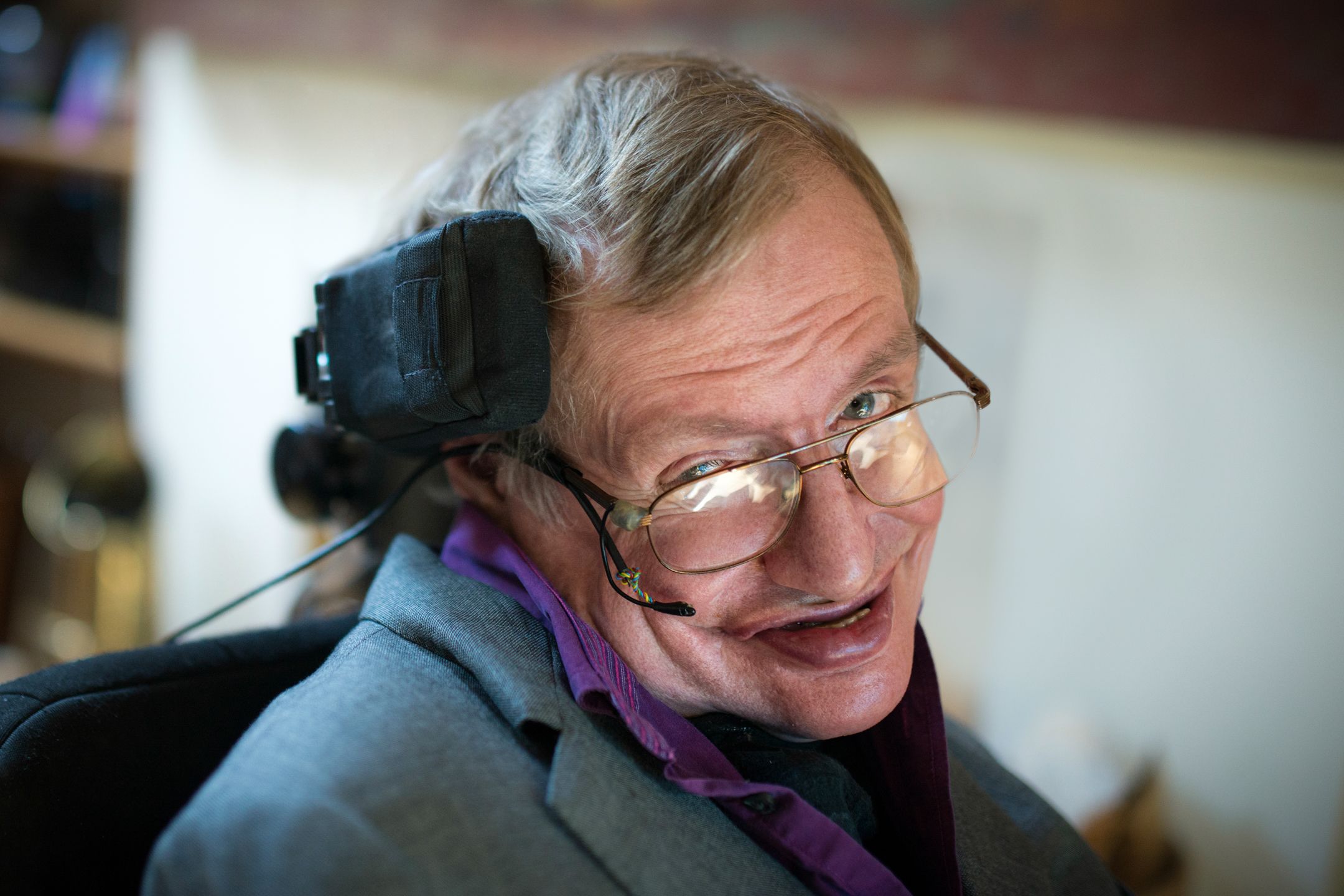
Professor Hawking pictured at work in his department. Credit: Andre Pattenden
Professor Hawking pictured at work in his department. Credit: Andre Pattenden
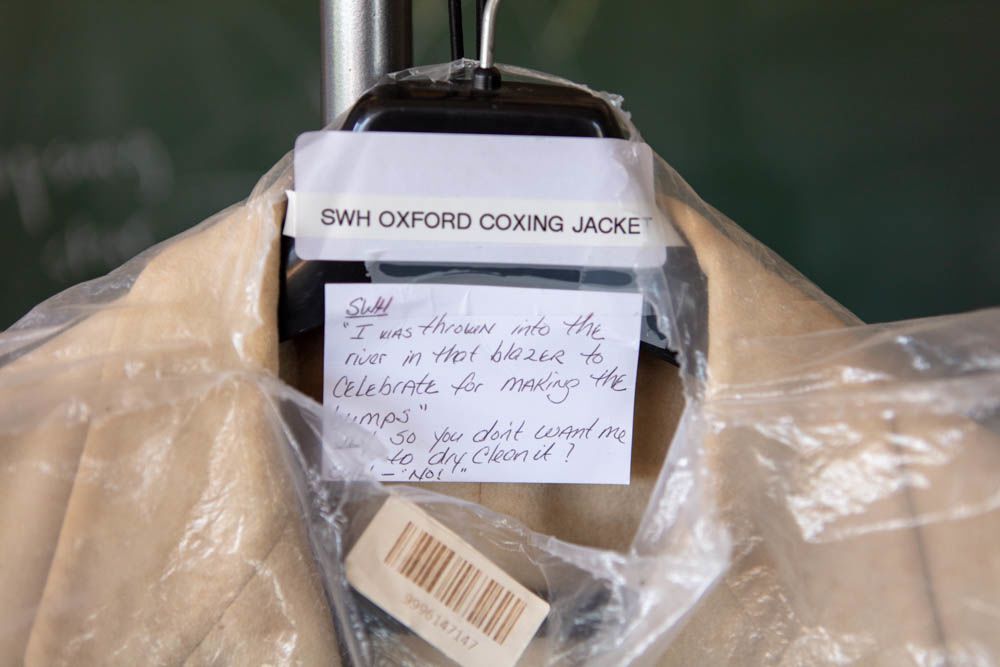
Professor Hawking's rowing jacket, pictured in his office at the Department of Applied Mathematics and Theoretical Physics, University of Cambridge
Professor Hawking's rowing jacket, pictured in his office at the Department of Applied Mathematics and Theoretical Physics, University of Cambridge
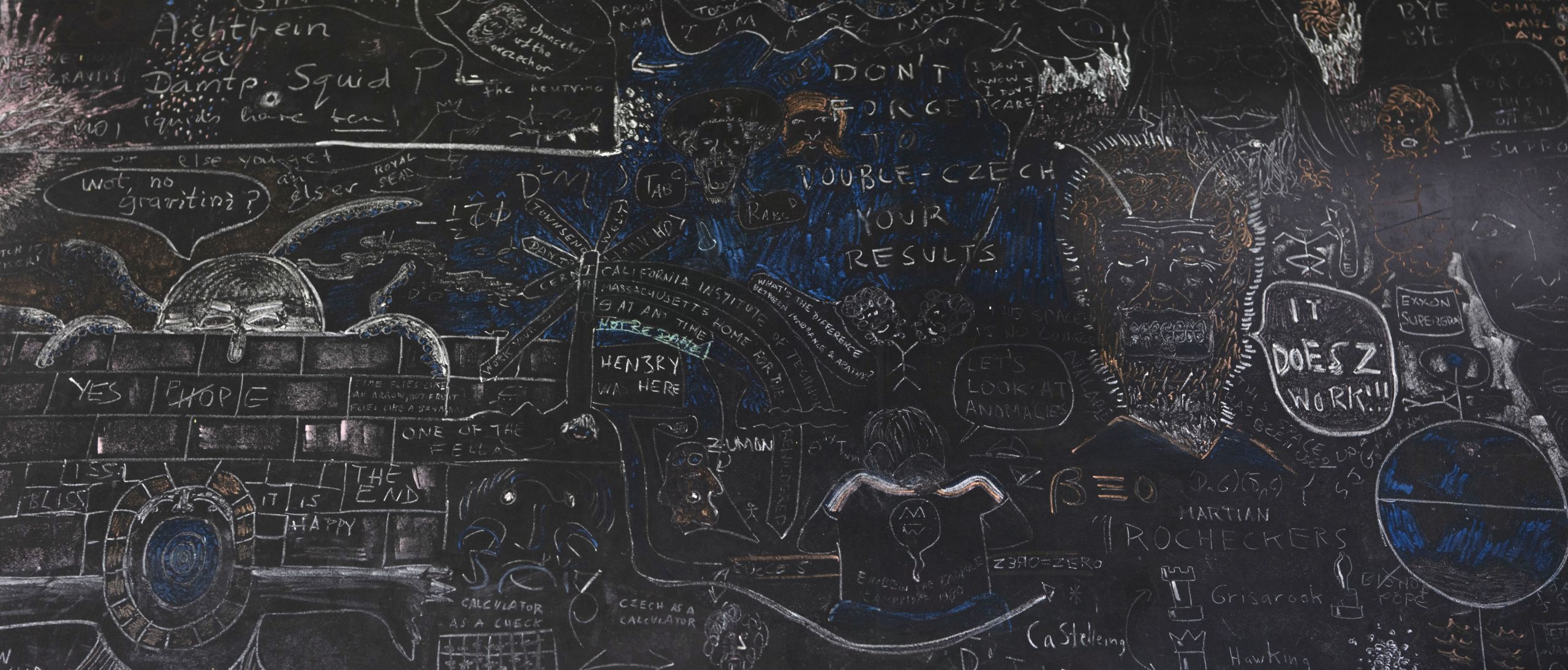
Blackboard in Professor Hawking's former Department of Applied Mathematics and Theoretical Physics, University of Cambridge
Blackboard in Professor Hawking's former Department of Applied Mathematics and Theoretical Physics, University of Cambridge
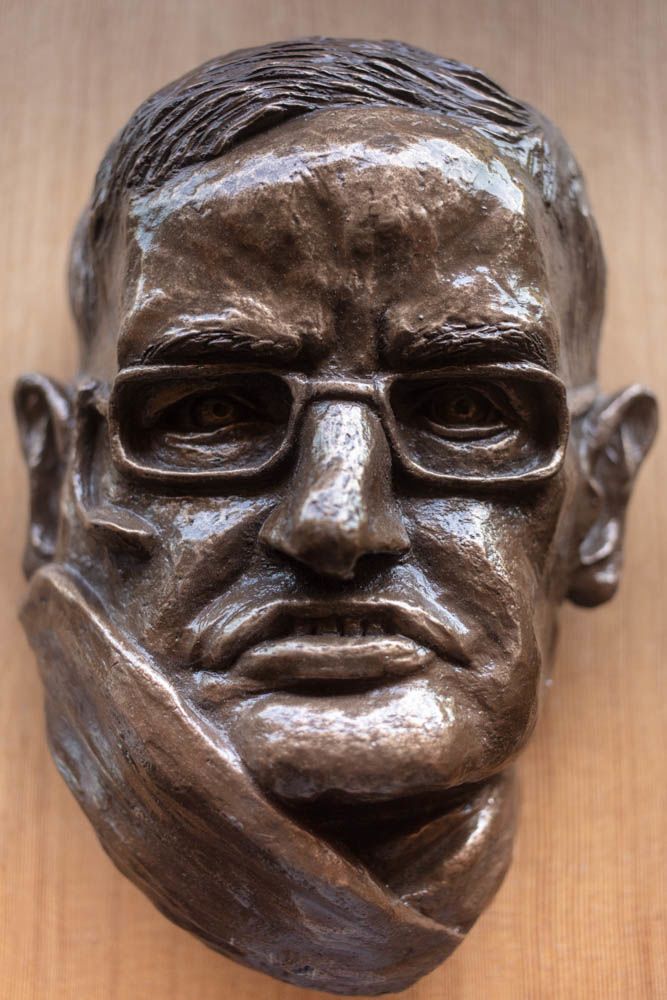
A bust of Professor Hawking at the Department of Applied Mathematics and Theoretical Physics, University of Cambridge
A bust of Professor Hawking at the Department of Applied Mathematics and Theoretical Physics, University of Cambridge
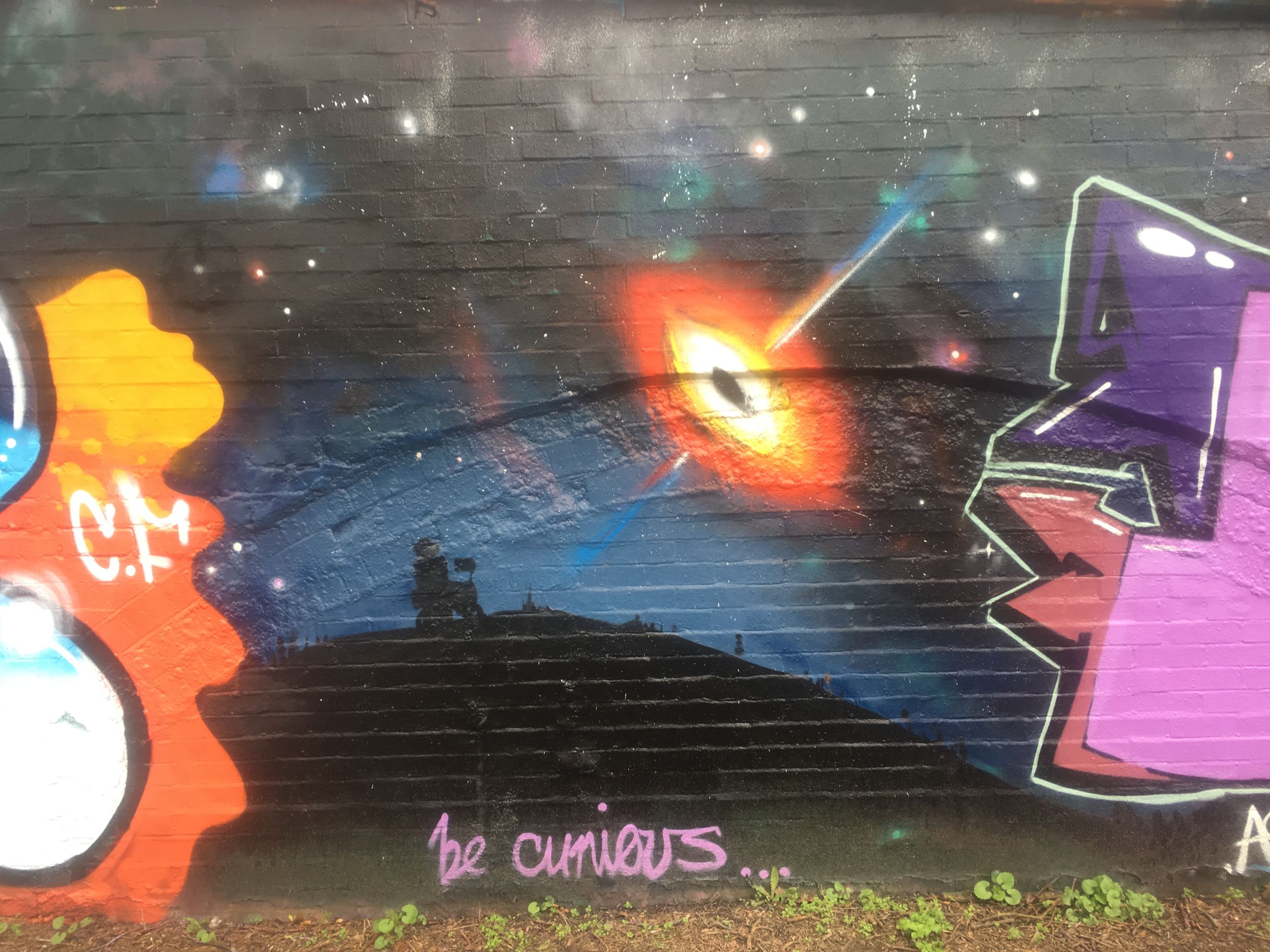
'Be curious' graffiti illustrating Professor Hawking and his work on black holes, Mill Road, Cambridge. Artist unknown. Photo: Hannah Haines
'Be curious' graffiti illustrating Professor Hawking and his work on black holes, Mill Road, Cambridge. Artist unknown. Photo: Hannah Haines
“We are very pleased that these two important institutions will preserve our father’s life's work for the benefit of generations to come and make his legacy accessible to the widest possible audience. Our father strongly believed that everyone should have the chance to engage with science so he would be delighted that his legacy will be upheld by the Science Museum and Cambridge University Library.
“Our hope is that our father's scientific career will continue to inspire generations of future scientists to find new insights into the nature of the universe, based on the outstanding work he produced in his lifetime.
“For decades, our father was part of the fabric of life at Cambridge University and was a distinguished fellow of the Science Museum so it seems right that these relationships, so dear to him and us, will continue for many more years to come.”
Lucy, Tim and Robert Hawking
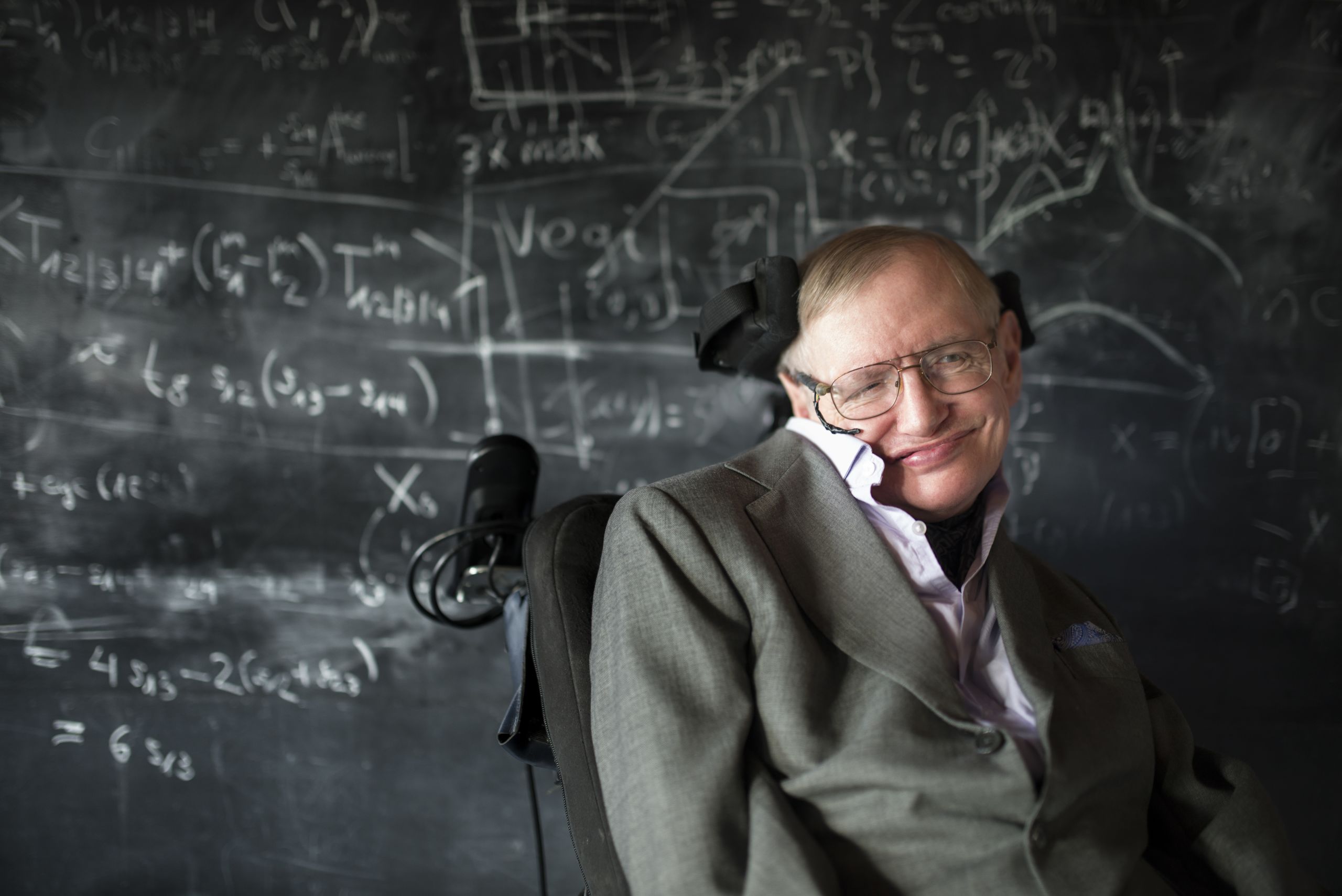
"I hope to inspire people around the world to look up at the stars and not down at their feet; to wonder about our place in the universe and to try and make sense of the cosmos.
"Anyone, anywhere in the world should have free, unhindered access to not just my research, but to the research of every great and enquiring mind across the spectrum of human understanding."
Stephen Hawking
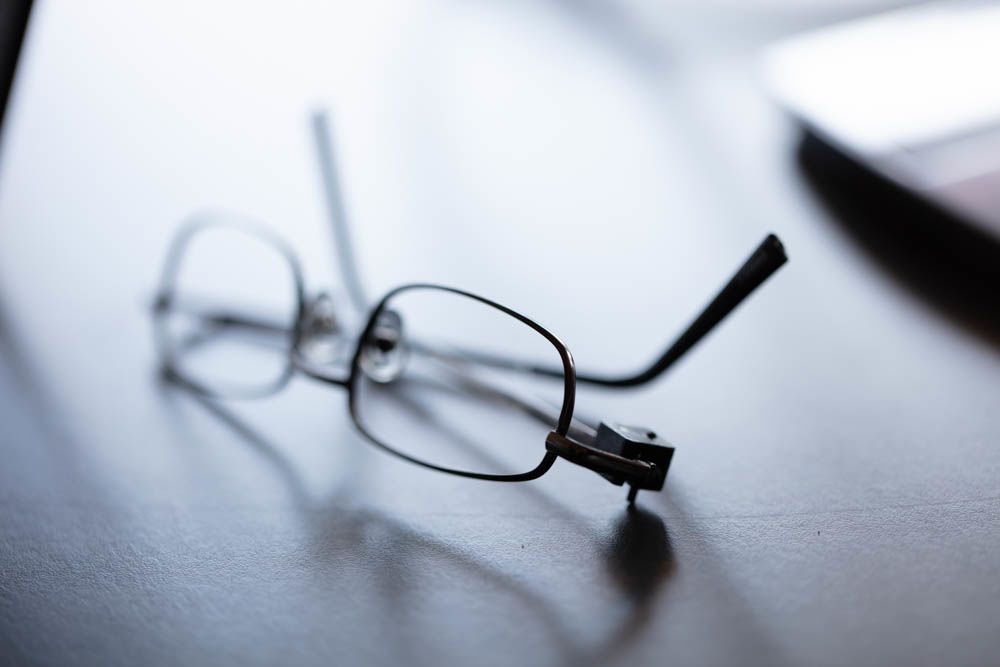
Story and design: Stuart Roberts
To find out how you can help, visit The Stephen Hawking Programme.
For updates on the archive, including events and opportunities to get involved, please sign up to our newsletter.
With thanks to the Hawking family and Hawking Estate.
